Instantly recognisable by its remarkable whale-like shape, the Airbus Beluga is one of the world's most unique cargo aircraft. This Super Transporter, known globally as the Beluga plane, plays a vital role in keeping Airbus production running. Able to carry extremely outsize cargo like entire aircraft sections, the Beluga provides the logistics backbone between our production sites across Europe. With a range of 1,650-4,000 km, their enormous size enables the transport of aircraft components, ensuring the Airbus commercial aircraft production and assembly network operating at full capacity. Discover the story and capabilities of these unique Beluga aircraft.
Outsize cargo specialist
Derived from the versatile A330-200, the BelugaXL offers increased capacity vs predecessor, allowing it to carry two 30-metre wings simultaneously – a feat that showcases its immense size and efficiency for Airbus' production. The six-member Airbus BelugaXL fleet efficiently transports outsized aircraft components to support Airbus' accelerating production ramp-up.
The BelugaXL incorporates a lowered cockpit, an enlarged cargo bay structure, modified rear and tail section, and cargo loading systems to ensure efficient handling of payloads. The specially-commissioned airlifters, assembled by Airbus in Toulouse, France, ferry sub-assemblies and components between 11 destinations around Europe. The BelugaXL provides 30% extra transport capacity compared to the BelugaST.
HISTORY
The BelugaXL was launched in 2014 to support Airbus’ accelerating production ramp-up. Based on the A330-200, the BelugaXL was designed to carry the largest A350 fuselage section, or two A350 30-metre wings.
slide 1, From A330 to BelugaXL
The BelugaXL performed its maiden flight in 2018, featuring the iconic 'smiley' livery that was chosen by Airbus employees in a vote by almost 21,000 participants.
slide 2, From A330 to BelugaXL
The six-aircraft BelugaXL fleet is operated by Airbus Transport International (ATI), an Airbus subsidiary that has been the company's internal airline since 1996.
The original airlifter
For over two decades, the BelugaST, also known as the A300-600ST Super Transporter, played a central role in connecting Airbus’ European production and assembly facilities for over 20 years. While now succeeded by the XL for internal tasks, its reliability and unique capabilities paved the way for our modern Super Transporter fleet. With one of the largest cargo holds of any civil or military aircraft flying today, the Airbus BelugaST has been ideally suited to transporting oversized payloads.
HISTORY
In the 1970s, fast-growing Airbus needed an air transporter to link production sites in France, Germany, Great Britain and Spain. A solution was found in the shape of the Boeing Super Guppy. The airlifter was originally designed for NASA, and Airbus’ Super Guppies were built under licence in France.
slide 1, The Beluga legacy: an outsized origin story
As Airbus grew, by the mid-1990s, the Super Guppy couldn't keep pace. The challenge was clear: develop a new aircraft transport solution capable of moving larger sections faster to support accelerating production. Airbus commissioned the A300-600 Super Transporter, which became affectionately known as the BelugaST, in a nod to the white whale it resembles. An aviation star was born!
slide 2, The Beluga legacy: an outsized origin story
The BelugaST supported Airbus’ production ramp-up for over 20 years. From 2022-2024, the BelugaST fleet, operated by the newly created Airbus Beluga Transport operator (AIBT), also served freighter market customers needing to transport large outsized cargo around the world. Today, Beluga XL aircraft have replaced the Beluga ST in service for internal transport, supporting Airbus’ operations by transporting large aircraft parts between the different European manufacturing sites.
Yes, we retrofit legacy systems (e.g., GE Frame 5, Siemens V94.2) with modern digital controllers, typically completing hardware integration within 4-8 weeks. Software migration requires additional validation time.
We recommend annual performance testing under ISO 3977-2 standards. Critical applications (e.g., offshore platforms) may require semi-annual tests with emissions compliance checks.
All rad-hard devices (e.g., FPGA, ADC) are QML Class V certified under MIL-PRF-38535 and tested to MIL-STD-883 Method 1019 for SEU tolerance. Full qualification reports are available upon request.
Our ASICs and power management ICs operate across -55°C to +175°C ambient temperatures, with derating curves provided in military temperature range (MTR) datasheets.
Our PMA parts (e.g., actuators, sensors) hold FAA/EASA Form 1 certification and match OEM form/fit/function. Installation requires SB/MB documentation per FAA AC 23.1529.
All NAS/MS fasteners include full DNA traceability: melt source (AMS 2301), heat/lot numbers, and AS9100-compliant MTRs with ultrasonic test reports.
AOG orders ship within 4 hours for stocked items (FAA-PMA, EASA Part 21G). Non-stock critical parts trigger priority manufacturing with 72-hour max turnaround.
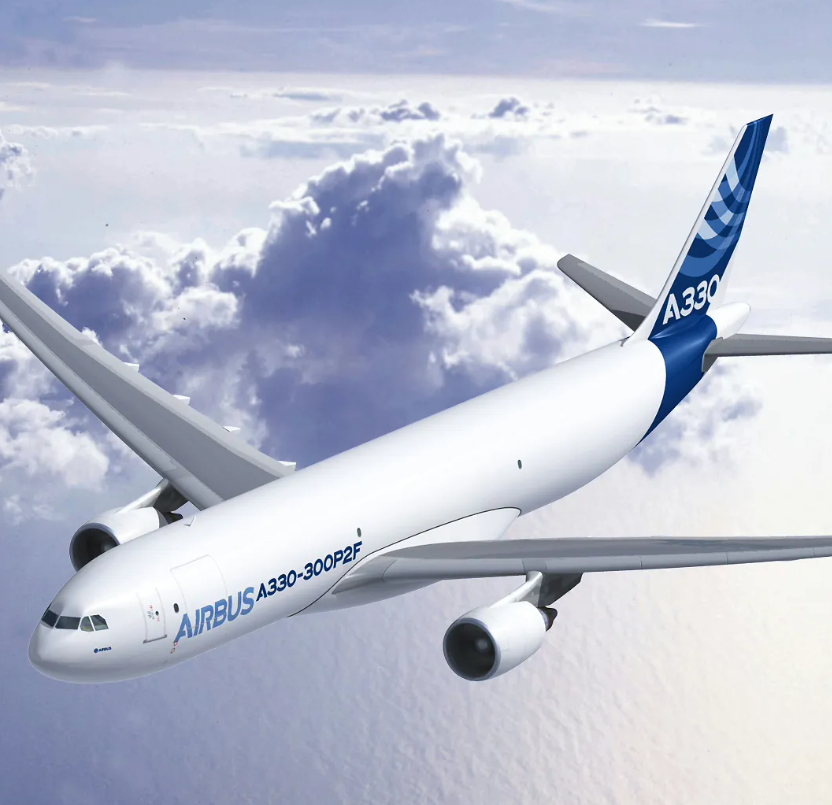
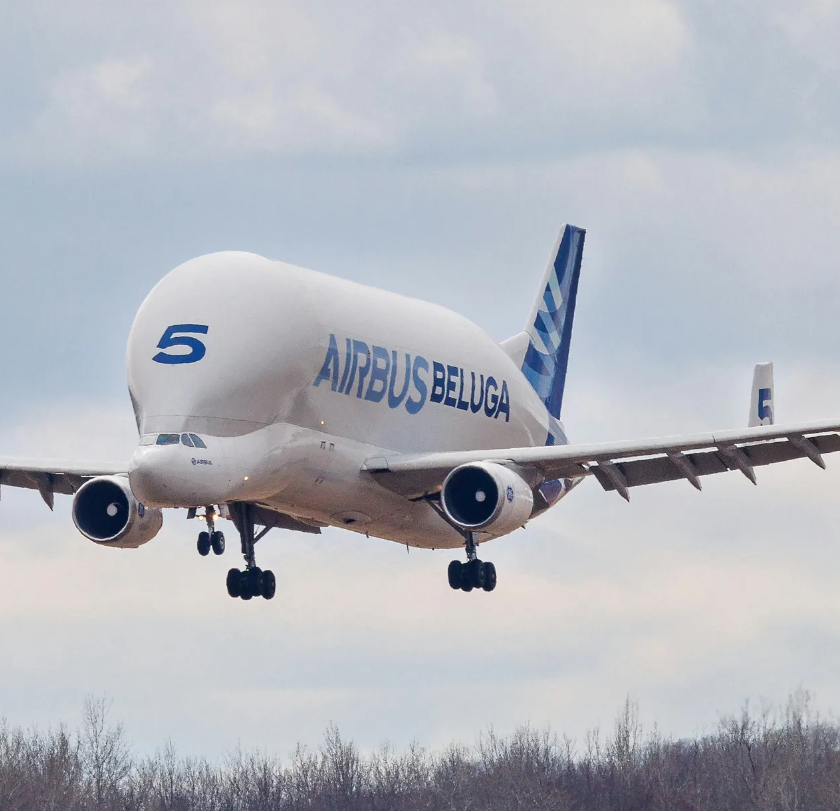
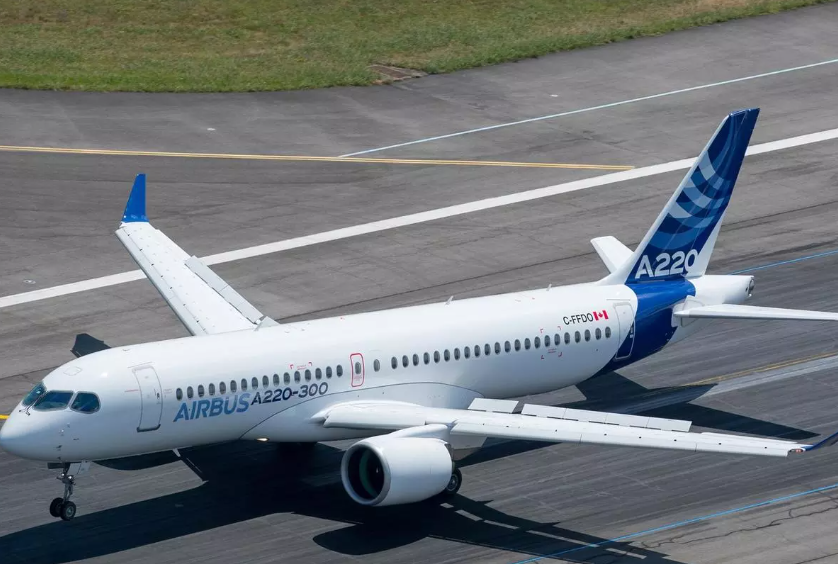
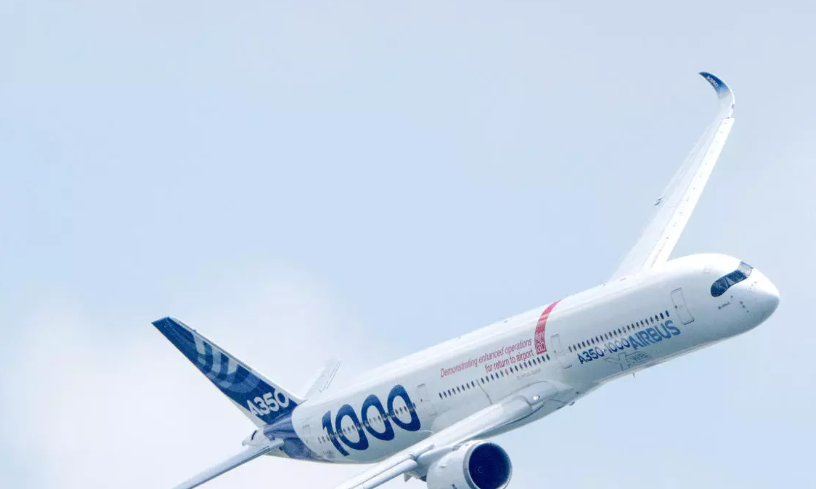
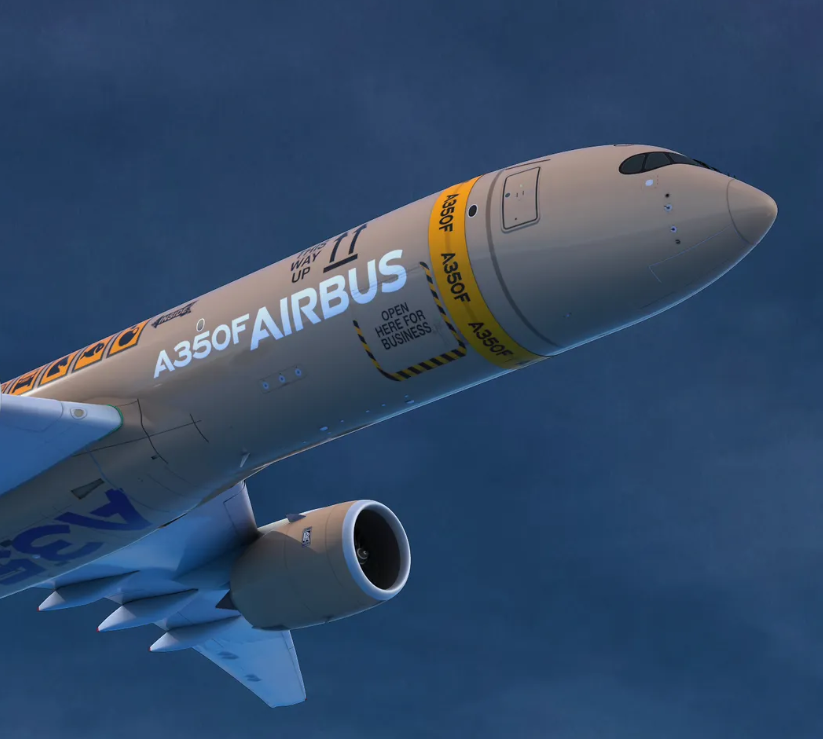
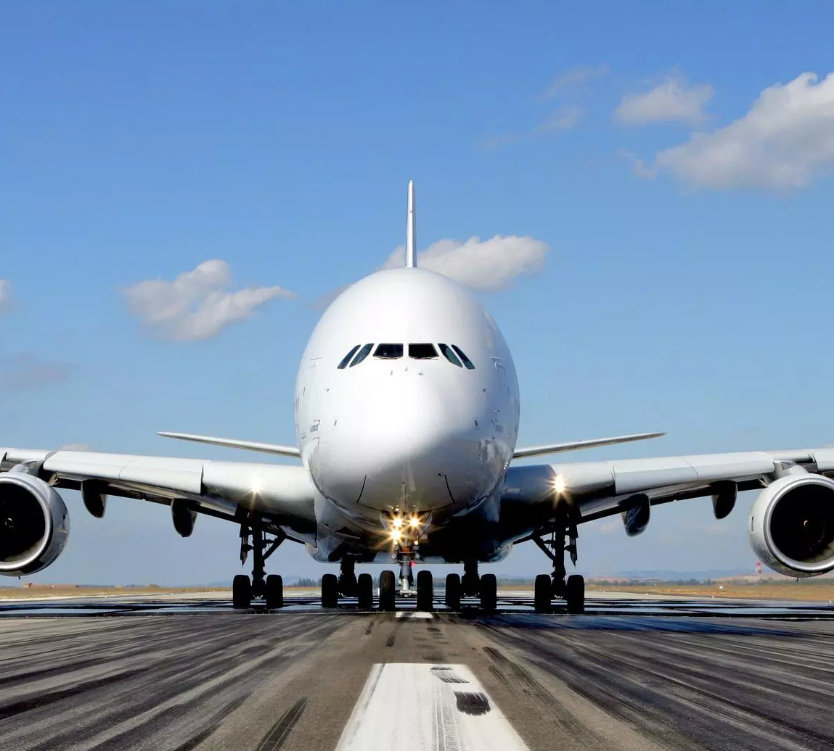
 Gas Turbine
Gas Turbine
 Aircraft parts
Aircraft parts